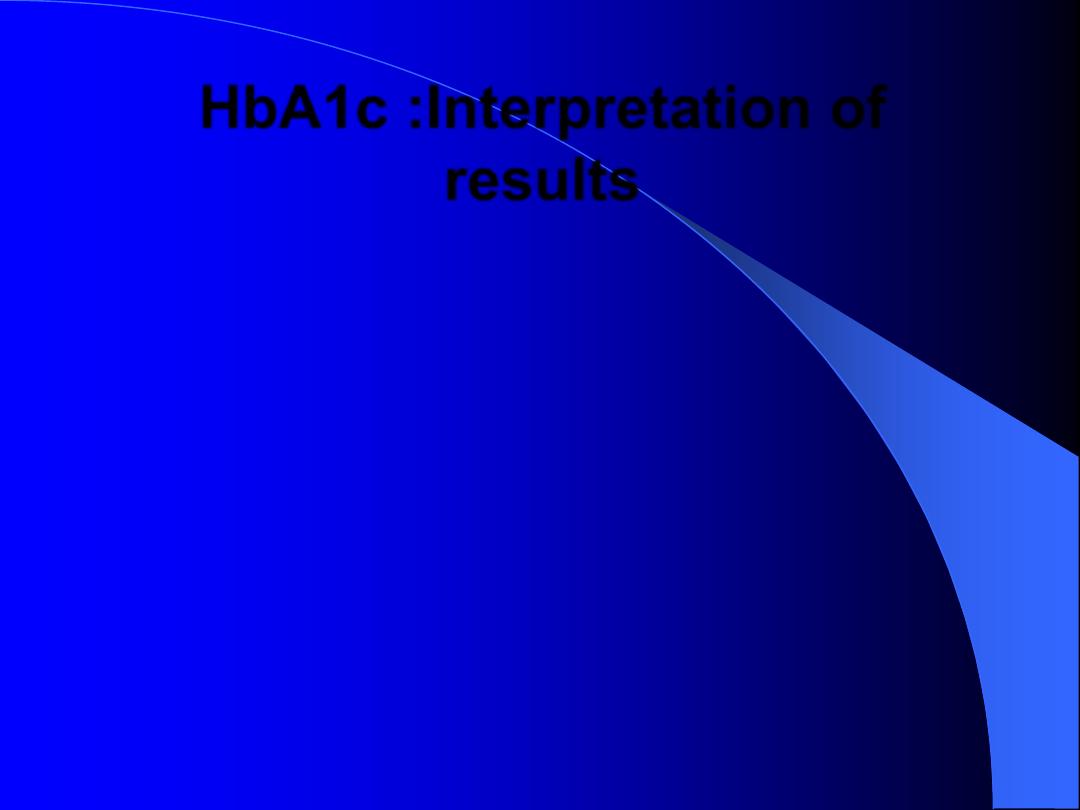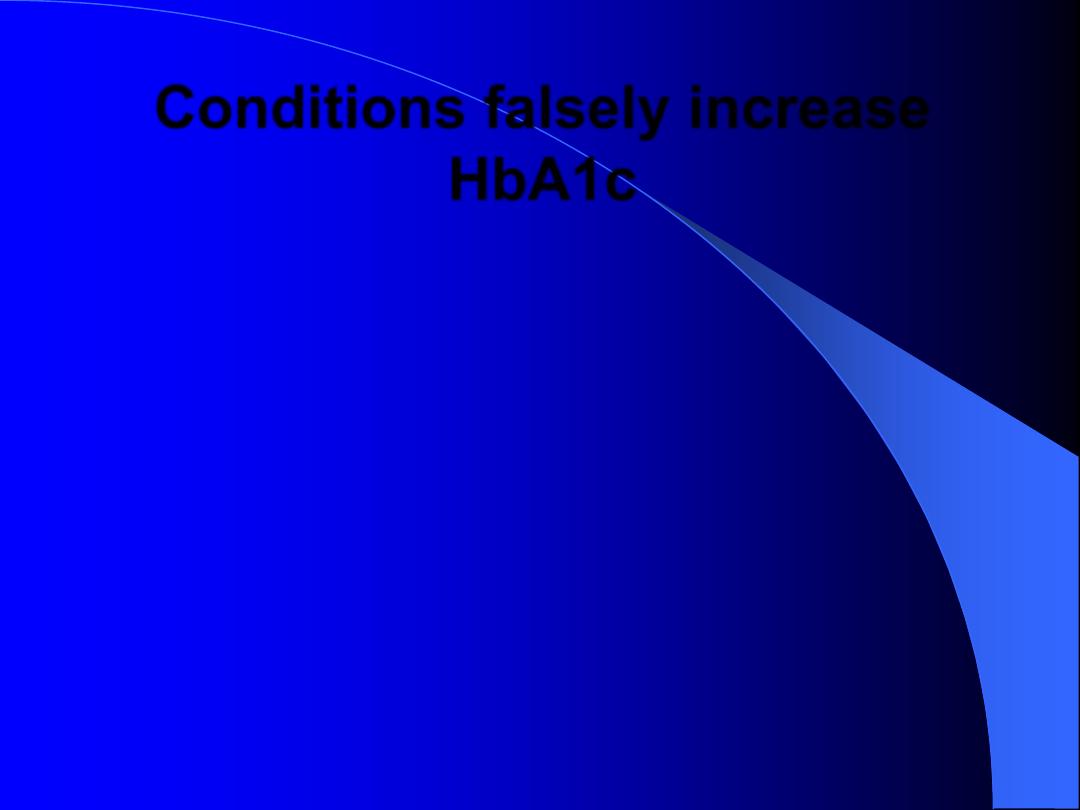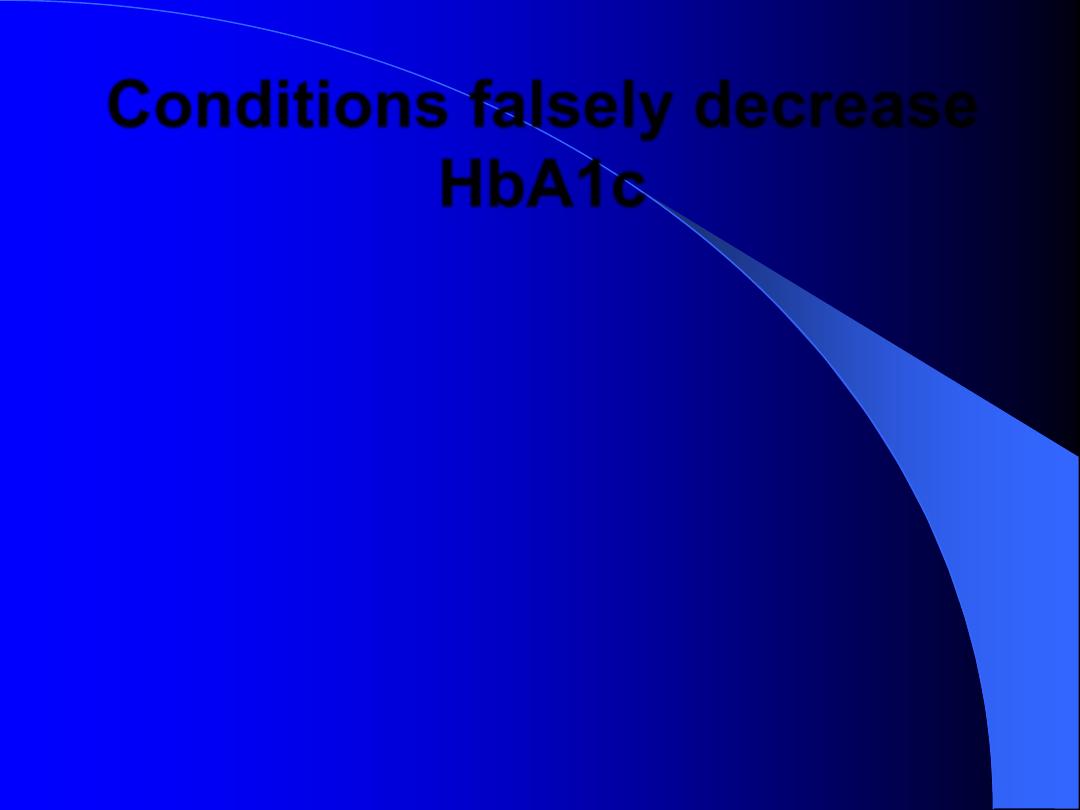
Investigations

Urine glucose
Testing the urine for glucose with
dipsticks is a common screening
procedure for detecting diabetes. If
possible, the test should be performed
on urine passed 1
–2 hours after a meal
to maximize sensitivity.

Glycosuria always warrants further
assessment by blood testing. The greatest
disadvantage of urine glucose measurement
is the individual variation in renal threshold
for glucose.

The most frequent cause of glycosuria is a
low renal threshold, which is common
during pregnancy and in young people; the
resulting ‘renal glycosuria’ is a benign
condition unrelated to diabetes. Another
disadvantage is that some drugs (such as β-
lactam antibiotics, levodopa and salicylates)
may interfere with urine glucose tests

Blood glucose
Laboratory glucose testing in blood
relies
on
an
enzymatic
reaction
(glucose oxidase) and is cheap, usually
automated
and
highly
reliable.
However, blood glucose levels depend
on whether the patient has eaten
recently, so it is important to consider
the circumstances in which the blood
sample was taken.

Blood glucose can also be measured with
testing sticks that are read with a portable
electronic meter. These are used for
capillary (fingerprick) testing to monitor
diabetes treatment

Many countries now offer self monitoring
only to people with type 2 diabetes taking
sulphonylurea or insulin therapy because of
the risk of hypoglycaemia

To
make
the
diagnosis
of
diabetes,
the
blood
glucose
concentration should be estimated
using
an
accurate
laboratory
method rather than a portable
technique.

Ketonuria is therefore not pathognomonic of
diabetes but, if it is associated with glycosuria,
the diagnosis of diabetes is highly likely

Glycated haemoglobin
(HbA1c)
Sometimes also reffered as Hb1c. It is
a form of Hb that is measured to
identify
the
three
month
average
plasma glucose concentration ( life
span of RBCs, 120 days).

HbA1c is an important indicator for long
term glucose control and has recently been
recommended for use in the diagnosis of
diabetes mellitus.

In DM, higher amounts of HbA1c,
indicating poorer control of blood
glucose levels, have been
associated with cardiovascular
disease, nephropathy, neuropathy,
and retinopathy.

HbA1c :Interpretation of
results
Normal below 5.7%
Prediabetics 5.7 to 6.4%
Diabetics 6.5% or greater

Conditions falsely increase
HbA1c
Chronic Excessive alcohol intake
Hypertriglyceridemia

Conditions falsely decrease
HbA1c
Acute or chronic blood loss
Sickle cell disease
Thalassemia
Chronic kidney disease

Various assay methods are used to measure
HbA1c, but most laboratories have been
reporting HbA1c values (as %) with the
reference range that was used in the
Diabetes Control and Complications Trial
(DCCT) aligned
.

The International Federation of Clinical
Chemistry
(IFCC)
has developed a standard
method; values are reported in mmol/mol
HbA1c = 6.5%
48 mmol/mol

Islet autoantibodies
Type 1 diabetes is a characterized by
autoimmune destruction of the pancreatic β
cells, it can be useful in the differential
diagnosis of diabetes to establish evidence
of such an autoimmune process

If autoantibodies are present at high titer, this
can be supportive of a diagnosis of type 1
diabetes. The antibodies that are measured are:
Islet cell antibodies
Glutamic acid decarboxylase antibodies (GAD)
Insulin antibodies
Protein tyrosine phosphatase-related proteins
Zinc transporter (ZnT8)

Urine protein
Standard urine dipstick testing for albumin
detects urinary albumin at concentrations
above 300 mg/L, but smaller amounts
(microalbuminuria) can only be measured
using specific albumin dipsticks

Microalbuminuria or proteinuria, in the
absence of urinary tract infection, is an
important indicator of diabetic nephropathy
and/or increased risk of macrovascular
disease
